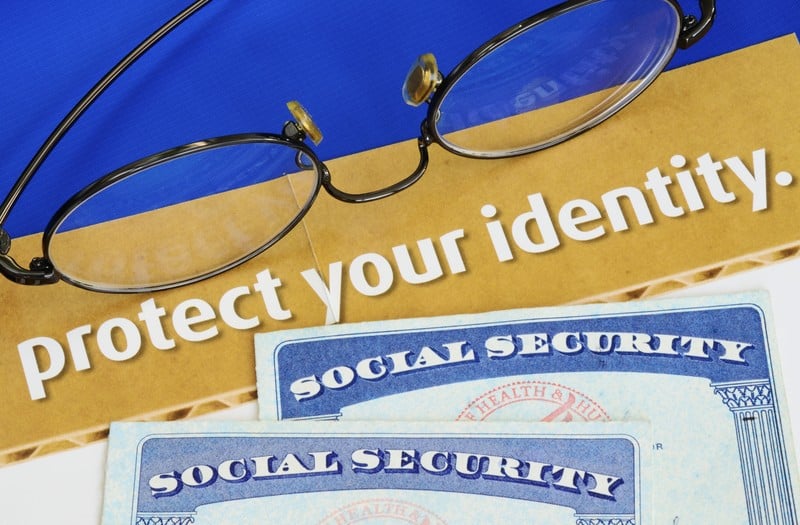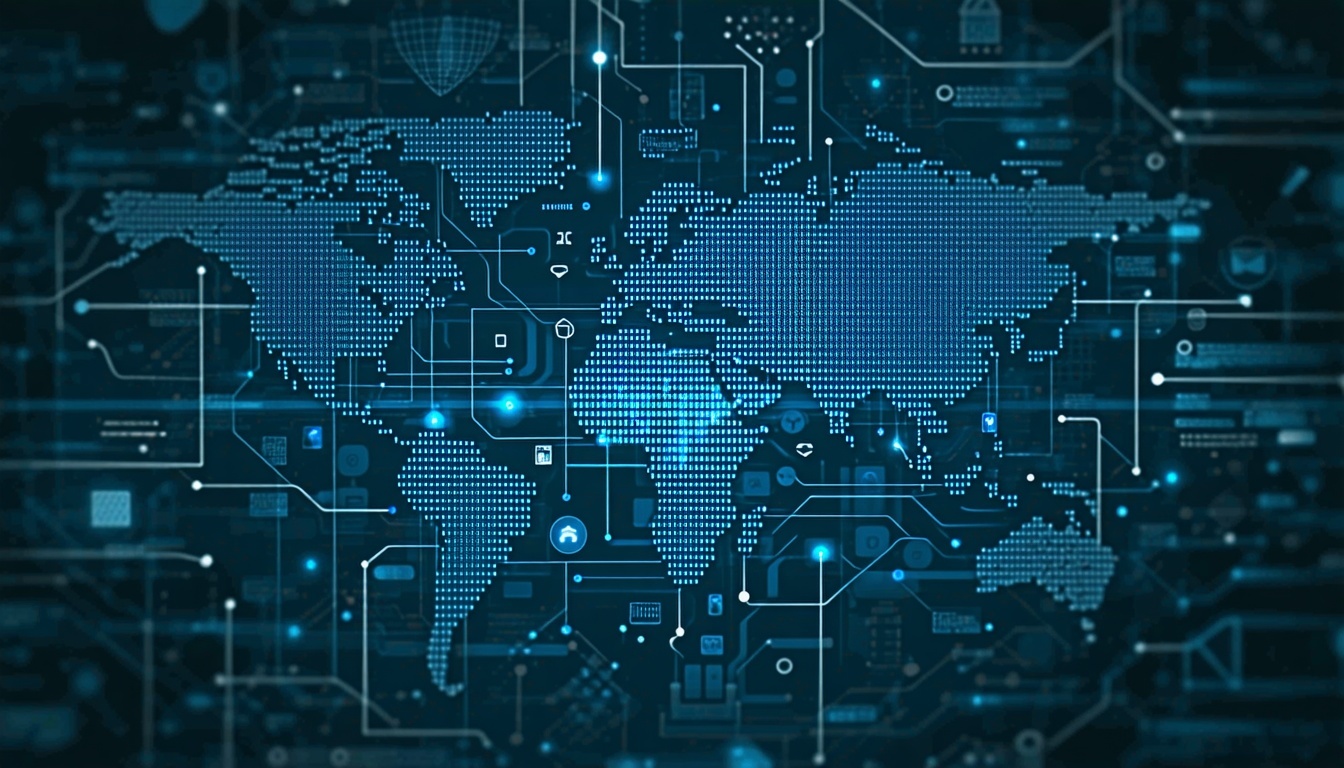The HIPAA rule sets limits for how and why a patient’s information can be used and who can access this information. A main goal of the HIPAA rule is to protect patient’s information. There are many specific regulations put in place for security while allowing the sharing of medical information. In this blog we will take a closer look at these regulations.
Identifiable Health Information
“Much has changed in health care since HIPAA was enacted over fifteen years ago,” says Department of Health and Human Services Secretary Kathleen Sebelius. “The new rule will help protect patient privacy and safeguard patients’ health information in an ever expanding digital age.” Under the new HIPAA regulations, protected health information includes any individually identifiable health information with limited exceptions. Examples of individually identifiable health information include name, address, birth date, phone number, fax number, license number and social security number. This information must be protected if it can identify an individual. For a full list of protected identifiable health information click here.
De-Identifiable Health Information
It’s important to understand the designation between identifiable information and health information. The information listed above is only considered a breach if the information is listed alongside health information.
Identifiable information must be outlined so that we can understand that patient health record information can still be shared as long as it follows the de-identification standard and implementation specifications. There are two methods to de-identification. One is a formal determination by a qualified expert. The other is the removal of specific information and the absence of actual knowledge by the covered entity that the remaining information could identify an individual patient.
Although these standards are set in place by HIPAA, health record information may still have potential to be traced back to an individual. It’s important that all medical facilities fully understand and follow patient privacy rules in order to keep patients’ information as safe and protected as possible.
By Jacqueline Persandi







